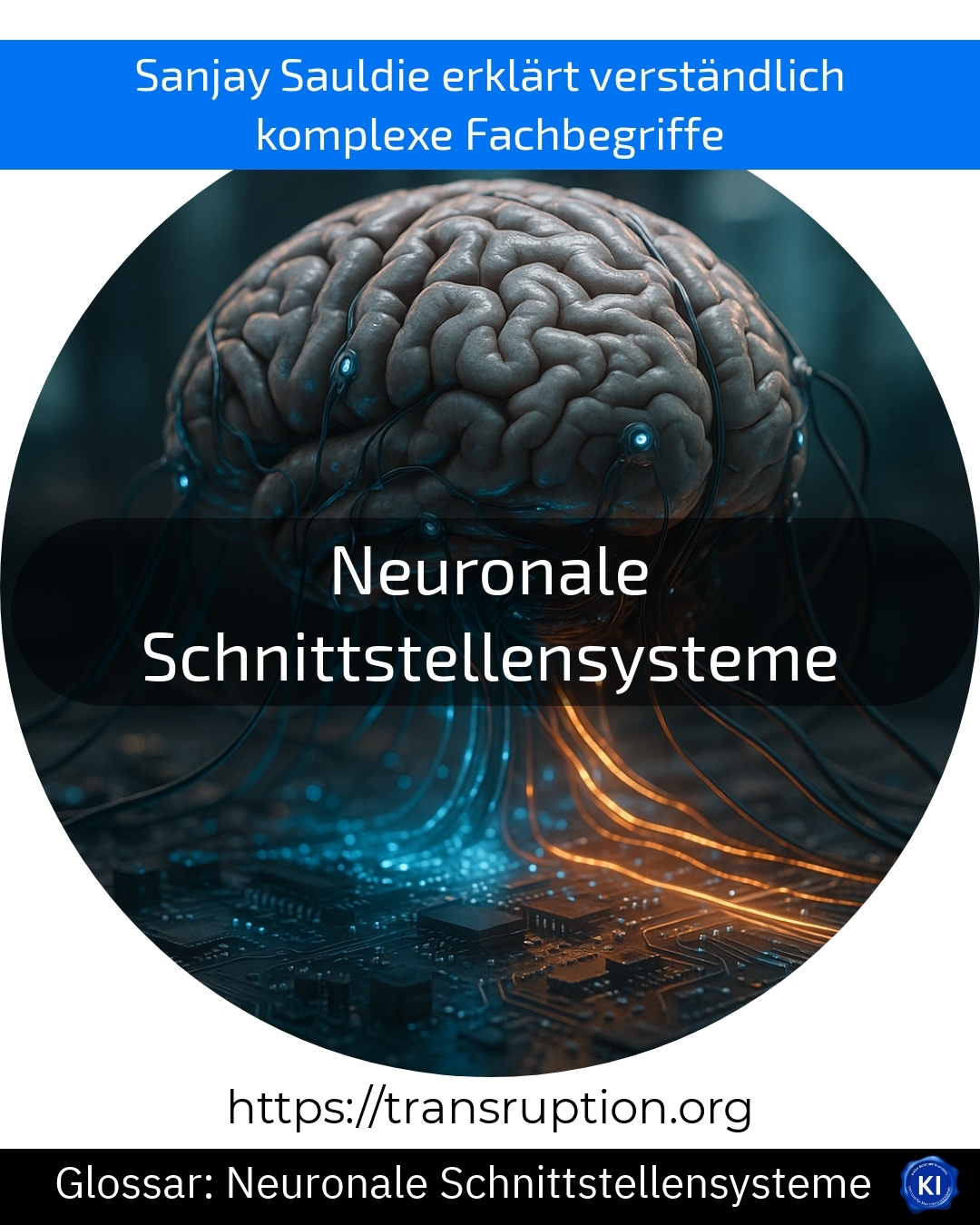Neural interface systems are particularly relevant in the fields of artificial intelligence, the Internet of Things and Industry and Factory 4.0. The term describes technologies that establish a direct connection between the human nervous system and computers or machines. The aim is to recognise and forward signals from the brain or nerves and thus control devices or exchange information.
A well-known example from practice: people who have lost their ability to move as a result of an accident can control robotic arms or prostheses using a neural interface system with a computer - solely through thoughts or nerve signals. The system "translates" the natural electrical impulses from the body into something understandable for the technology.
Such interface systems are increasingly being integrated into the digital world. They help to operate machines more intuitively and effectively or to analyse data directly. The connection between humans and technology creates new possibilities for rehabilitation, improved collaboration with robots or a completely new way of controlling devices.
Neural interface systems are therefore seen as an important building block for innovative applications and progress in existing industries.















